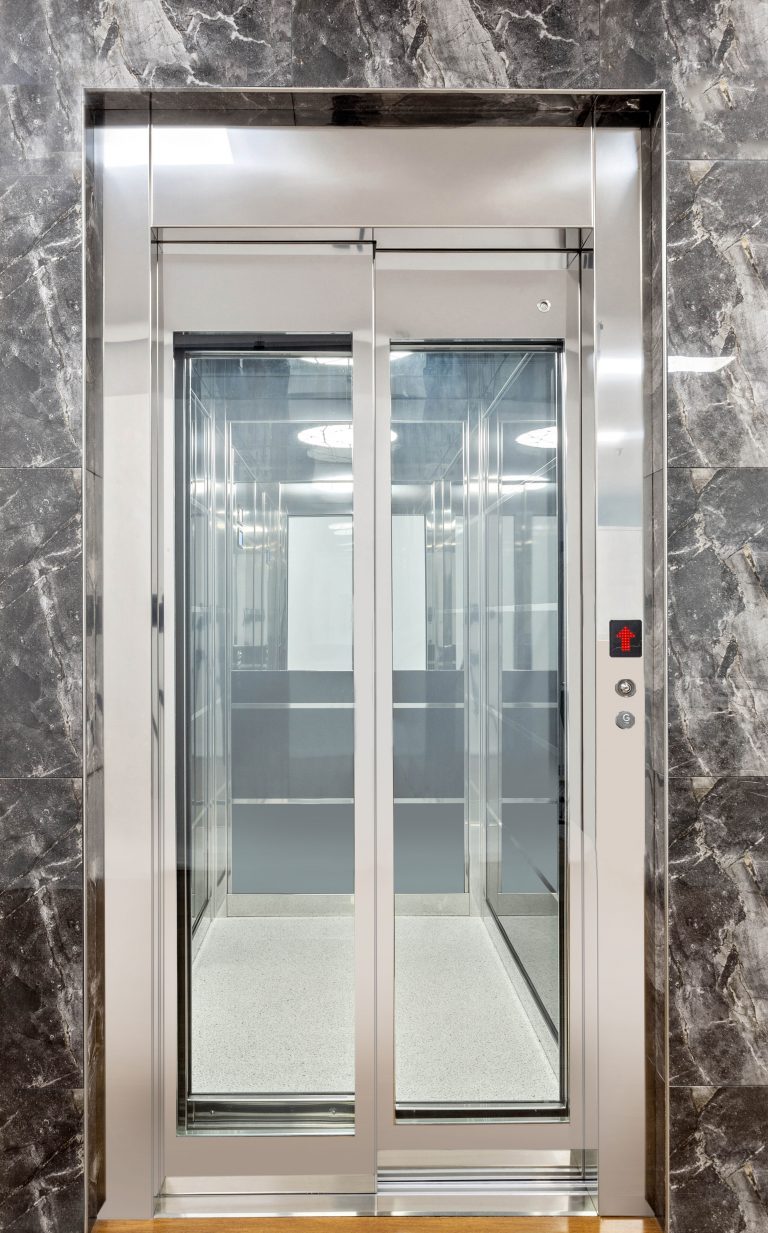Discover Trustworthy Lift Repair Near Me for Quick and Affordable Service
Discover Trustworthy Lift Repair Near Me for Quick and Affordable Service
Blog Article
Digging Into the Globe of Lifts: Typical Issues Faced by Various Lift Devices
As we browse via the upright transportation systems of modern-day structures, elevators stand out as an indispensable part of our day-to-day lives. From hydraulic elevators to grip systems and machine-room-less layouts, each lift type comes with its collection of usual concerns.
Hydraulic Lifts
Hydraulic elevators, commonly liked for low-rise buildings, use fluid stress to regulate the motion of the lift cars and truck (lift repair companies). This mechanism includes a hydraulic pump pushing oil into a cyndrical tube, causing the lift to move in the desired instructions. While hydraulic elevators are recognized for their smooth and quiet procedure, they do include their very own set of typical problems
One common issue with hydraulic lifts is oil leak. The seals in the hydraulic system can use out gradually, resulting in oil infiltration. If left unaddressed, this not only creates a mess however can additionally affect the elevator's performance. Additionally, issues with the control system, such as damaged shutoffs or a malfunctioning pump, can trigger interruptions in the lift's activity.
Normal maintenance and timely fixings are necessary to ensure the smooth functioning of hydraulic elevators. By attending to these usual issues proactively, building owners can decrease downtime and make certain the safety and security and performance of their upright transportation system.
Traction Elevators
When taking into consideration upright transportation systems in buildings, an additional typical kind besides hydraulic elevators is the grip elevator. Traction lifts operate making use of a system of ropes and weights that relocate the elevator car by gripping onto the hoist ropes. This mechanism enables smoother and much faster upright transport contrasted to hydraulic systems.
One of the typical problems dealt with by grip lifts is rope wear. The consistent movement of the ropes within the grip system can bring about damage in time, potentially triggering the elevator to breakdown or end up being unsafe for usage. Normal assessments and upkeep of the ropes are necessary to guarantee the lift's proper performance and safety.
One more problem that traction elevators may come across is associated with the control system. Problems with the control system can result in concerns such as erratic movement, hold-ups in response times, and even total closures. Routine testing and upkeep of the control system are crucial to stop such concerns and guarantee the elevator's dependability.
Machine-Room-Less (MRL) Elevators

Among the key elements of MRL elevators is the small gearless traction equipment that is set up within the hoistway. This device successfully drives the elevator automobile without the demand click here to read for large tools discovered in typical grip lifts. Additionally, MRL elevators typically use a counterweight system to balance the cars and truck, more boosting their energy effectiveness.
Despite their advantages, MRL lifts may deal with challenges related to repair and maintenance due to the restricted space for equipment installation. Ease of access for servicing components within the shaft can be restricted, calling for specialized training for specialists. Correct upkeep schedules and regular assessments are crucial to make try these out sure the ongoing smooth procedure of MRL elevators.
Overloading and Weight Limitation Issues
Are elevators outfitted to deal with excess weight tons effectively and safely? Straining and weight limitation issues are essential concerns in elevator operations. Lift suppliers layout lifts with certain weight capabilities to ensure guest safety and security and devices long life. Surpassing these weight restrictions can result in various issues, consisting of mechanical failures, delays, and safety and security risks.
When lifts are overloaded, it puts excessive pressure on the electric motor, cable televisions, and other elements, potentially creating breakdowns or failures. Safety and security mechanisms such as sensors and overload sensors remain in area to avoid elevators from relocating if they spot excess weight. In addition, going beyond weight restrictions can bring about boosted energy consumption and deterioration on the lift system.
To alleviate overwhelming problems, constructing managers ought to prominently show weight limitations in elevators and educate passengers on the significance of sticking to these limitations - lift repair companies. Regular upkeep checks by qualified specialists can additionally assist guarantee that lifts are operating within secure weight parameters. By attending to overloading and weight limitation issues proactively, structure owners can enhance elevator safety and efficiency
Electric System Failings
Exceeding weight limitations in lifts can not only lead to mechanical issues but also potentially add to electrical system failings within the lift facilities. Electrical system failures are a crucial imp source problem in elevator operation, as they can cause unanticipated closures, breakdowns, or even safety risks.
Normal upkeep and evaluations are important to recognize and resolve prospective electric problems without delay, ensuring the risk-free and effective procedure of lift systems. By adhering to weight restrictions and performing routine electrical system checks, structure proprietors can alleviate the danger of electric failures in lifts.
Verdict

Hydraulic lifts, often preferred for low-rise buildings, make use of fluid pressure to control the movement of the lift cars and truck.When considering upright transportation systems in buildings, one more usual kind aside from hydraulic lifts is the traction lift. Traction lifts run using a system of ropes and weights that relocate the lift automobile by clutching onto the hoist ropes. Unlike traditional lifts that call for a separate device room to house the devices, MRL lifts incorporate most of the elements within the shaft, eliminating the need for a specialized machine space.In verdict, elevators face typical issues such as hydraulic breakdowns, grip system failures, and electric system issues.
Report this page